Initial scenario
My software uses a tree data structure, and I store it in SQL. I use the abstraction called Adjacency List which consists of each row storing ID and ParentID.
ID is Primary Key and ParentID is a Foreign Key to the same table.
The problem
I want to "convert" my SQL abstraction to Path Enumeration. It consists of each row storing ID and a varchar field storing the path of the IDs, from the root to the current row. For example, the Path field of the row with ID = 6 in this tree:

Would be /1/2/4/6/. More details here, by the name Lineage Column.
Question
How do I build a column Path from an existing database that only has ID and ParentID?